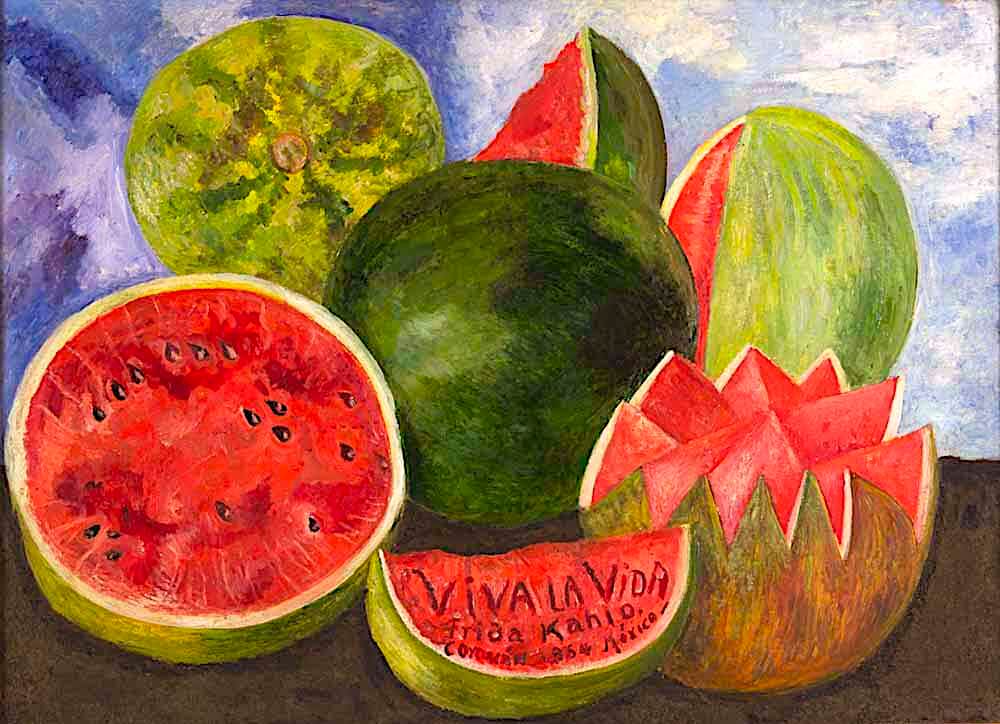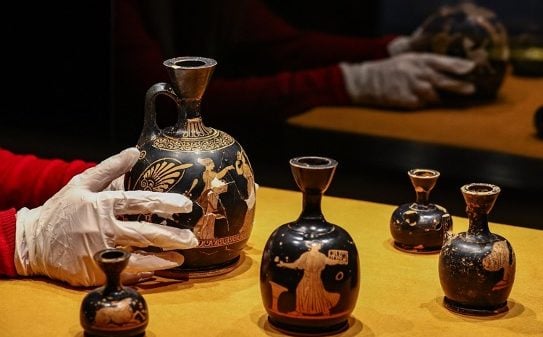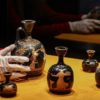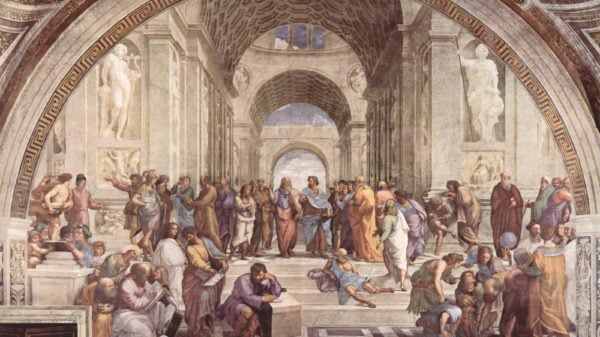The final masterpiece of Frida Kahlo is the Viva la vida, Watermelons. She was able to complete the artwork in 1954, right after the severe conditions of her amputated leg. Frida spent her remaining days finishing the watermelons, which had a meaningful connection to the Day of the Dead in Mexico.
Her work of art demonstrates vibrancy in its colors and portrays the fruit in still life in different shapes, including sliced in half, in a quarter, and in a flower form. The watermelon subjects have distinctive hues of green that symbolize its stages of ripeness, just like different phases of life.
Watermelons And The Day Of The Dead
Even if Kahlo was in pretty bad shape back then, she was able to accomplish the painting, which clearly represented the vibrancy of life. Watermelons are generally associated with the deceased or being eaten by the departed loved ones. The bold reds perfectly contradict the subtle blues and greens applied to the painting. Utilizing the red hues enabled Kahlo to emanate the concept of life from the fruits, which is totally the opposite of her severe health condition and later her death. This kind of dualism is very common in Frida’s pieces. She also made still-life paintings of tropical fruits and melons.
Kahlo’s final masterpiece consists of her typical feature of dualism and the deliberate application of vibrant shades. This delineates the audience’s concentration on the darker and dull shades from the primary area of focus. When you look at it closely, the red pulp present on every fruit draws so much attention than the rest of its features. At the bottom, watermelon shows an inscription of VIVA LA VIDA – Coyoacán 1954 México, in English it translates to Long live life, came next is her birthplace then, the year she died.
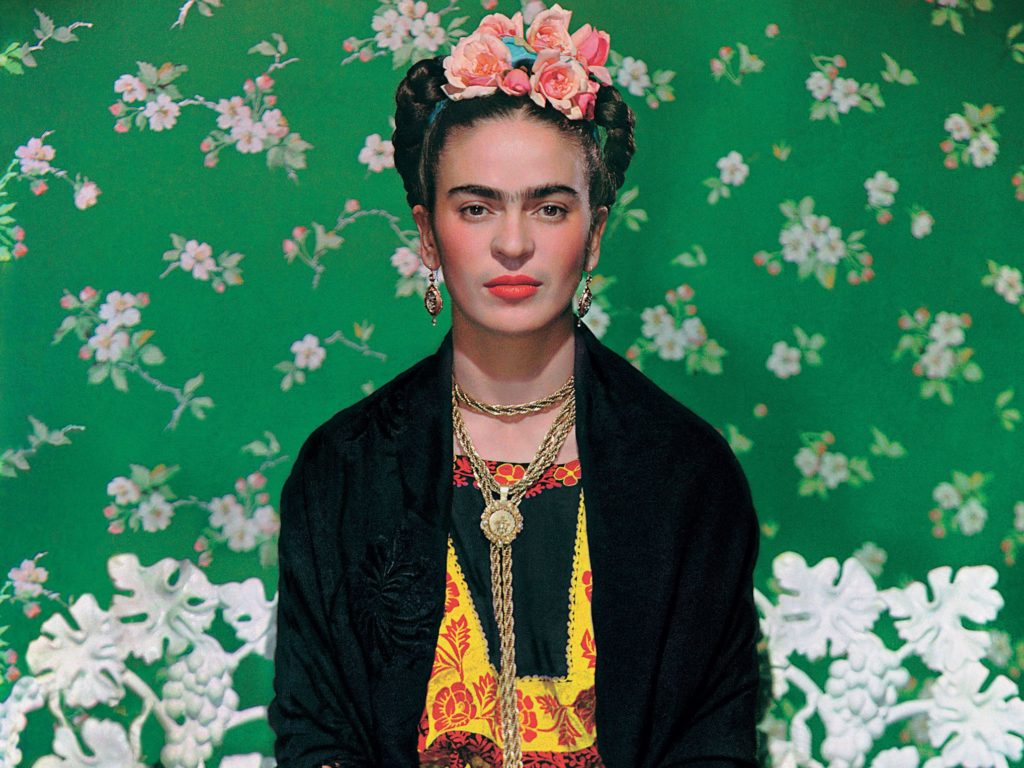
Frida Kahlo
Frida Kahlo is an excellent storyteller and a classic icon who intertwined personal misfortune with Mexican folklore and make-believe events. She wanted to create lasting portrayals that talk about common human experiences. Frida’s art pieces were hardly sold throughout her life, but at present, she is known as the first-ever female artist to present her own suffering without an ounce of inhibitions. This is probably why her paintings receive the highest auction prices in this generation. Frida was proud of her passion for the art and declared she painted because of her desire, and she did any subject that came to her mind. No considerations or anything, she just wanted to bring it to life.
Frida was half-Mexican, half-German who was born and raised in Mexico. She grew up surrounded by women, but Kahlo was very close to her father, an architectural photographer. Her childhood was filled with memories of war since that was also when the Mexican Revolution started. At six years old, Frida had polio which led her to be bedridden for more than five months. Because of such a condition, she had to wear long skirts to hide the smaller right leg.


